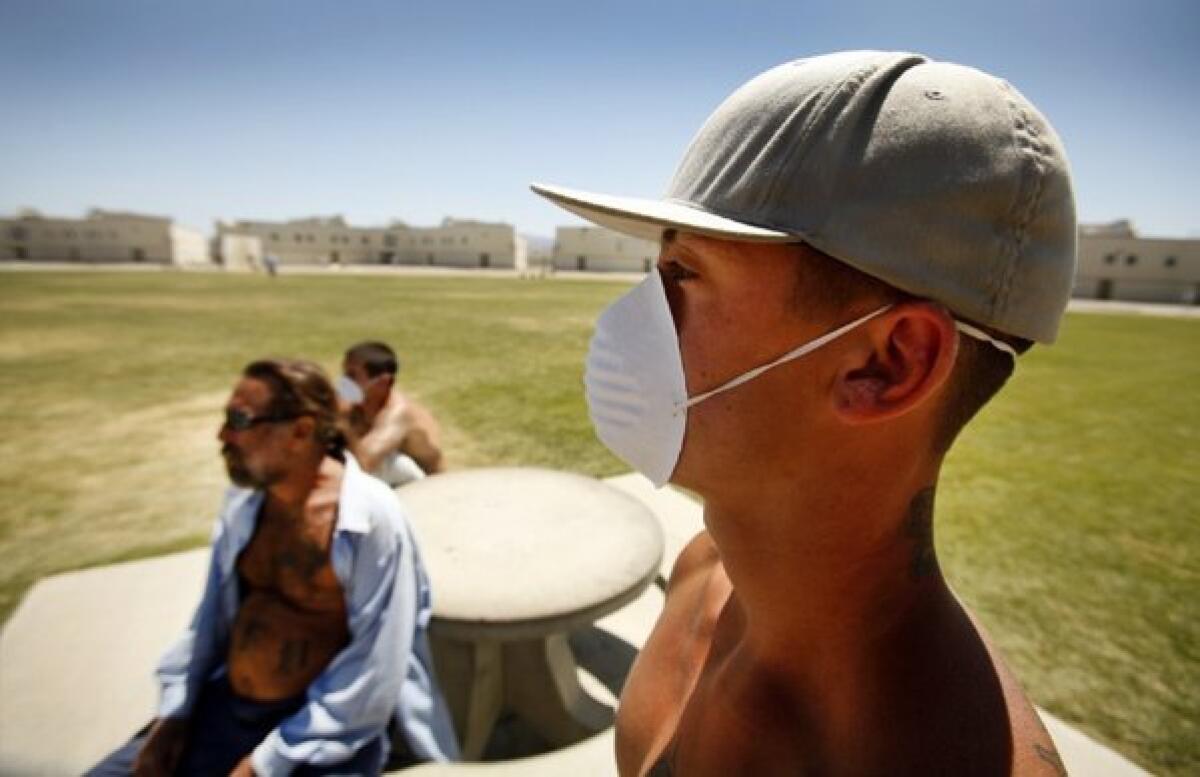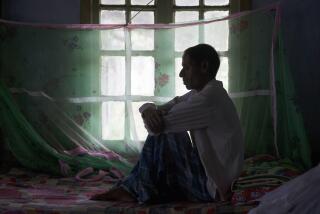CDC chief Frieden: Valley fever a ‘growing problem’ in California

In an interview with The Times, U.S. Centers for Disease Control Director Dr. Thomas Frieden called valley fever “a big and growing problem” that presents “substantial” economic and health costs for Californians.
The CDC chief -- along with National Institutes of Health Director Dr. Francis Collins, U.S. Rep. Kevin McCarthy (R-Bakersfield) and others -- was in Kern County this week for a two-day symposium on the fungal disease. During a program Monday night, the officials announced that they would work with physicians in California’s Central Valley, where the fungus that causes valley fever is widespread in the soil, to conduct a clinical trial to evaluate treatments for the illness. There is no cure for valley fever.
“We don’t know the best way to treat it, we don’t have a vaccine,” Frieden said, adding that questions also remain about the best way to diagnose the disease and other aspects of “what’s happening on the ground.”
What’s certain, he said, is that the disease, also known as coccidioidomycosis, is on the rise in California. In 2011, the state reported 5,697 cases. In 1998, the state reported only 719 cases. Frieden said he believed the increase in diagnosed cases did reflect an increase in incidence of the disease -- not just improvements in detection.
Valley fever cannot pass from person to person, and doesn’t cause serious illness in everyone who is exposed to it. But some who are sickened when they inhale the spores of the Coccidioides fungus can develop a flu-like illness that can progress to pneumonia, meningitis and fungal infection throughout the body.
According to a May 2013 article in the CDC’s Morbidity and Mortality Weekly Report, 2011 incidence of the illness in California among males was more than twice as high as incidence among females. Valley fever is most common among people over 60, but also strikes younger people. African Americans, Asians, women in their third trimester of pregnancy and people with compromised immunity are at increased risk for serious forms of the disease.
Arizona had more than 16,000 cases in 2011; Nevada, Mew Mexico and Utah combined had 237. Frieden said valley fever had cost the U.S. $1 billion in hospitalizations alone in the last decade. More still has been spent on other medical treatment, lost days of work and other costs.
One focus for CDC epidemiologists, Frieden said, will be to understand better what questions the clinical trial should pursue, including what outcomes it makes sense to study, what lab results researchers should track, and where most cases are being diagnosed. According to this earlier Times report, Collins told symposium attendees Monday evening that it would be a year before patients were recruited for the study, and that results would not be forthcoming for another four to five years after that.
For more information, download this CDC fact sheet about valley fever in California.
Return to Science Now







